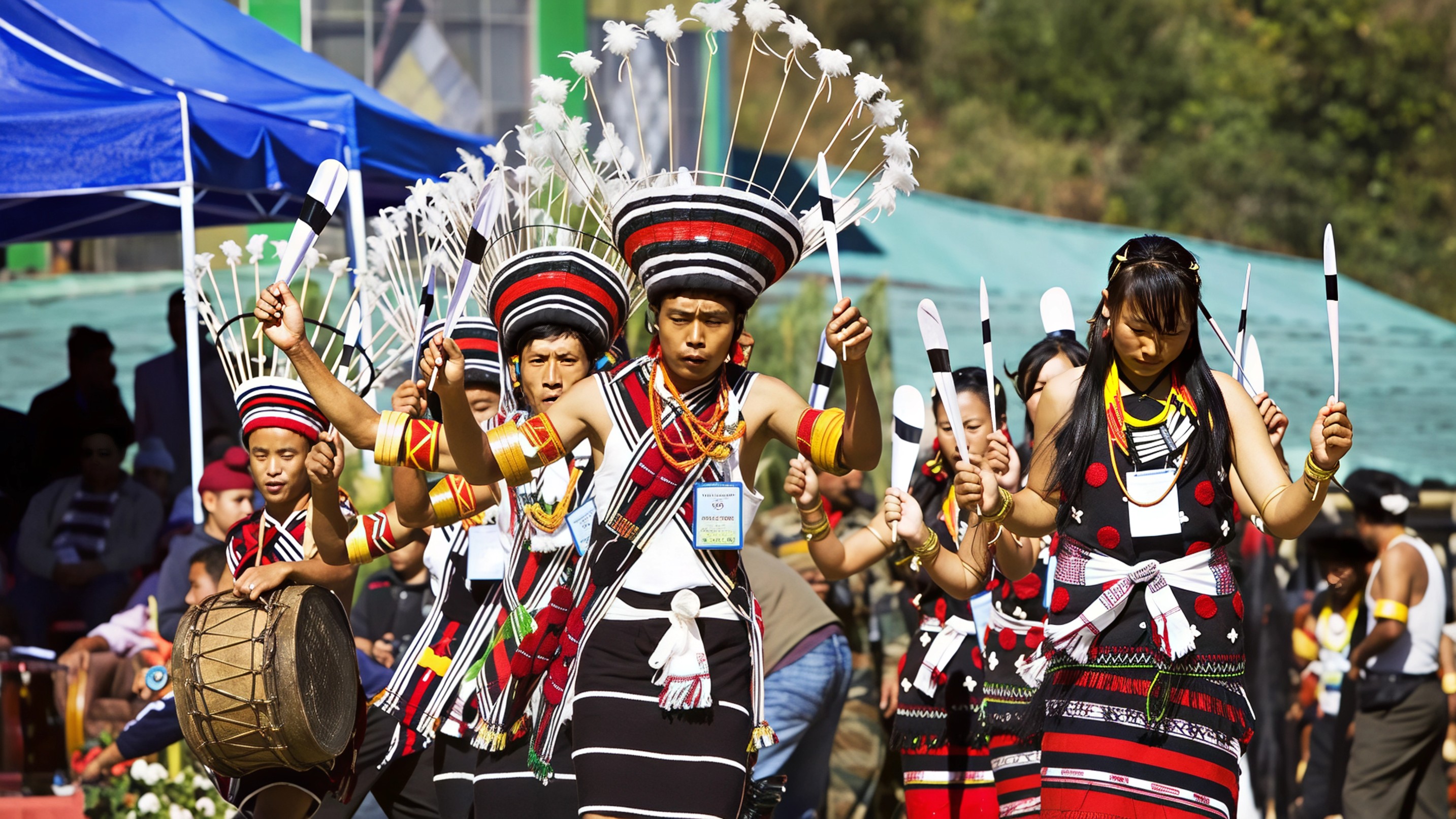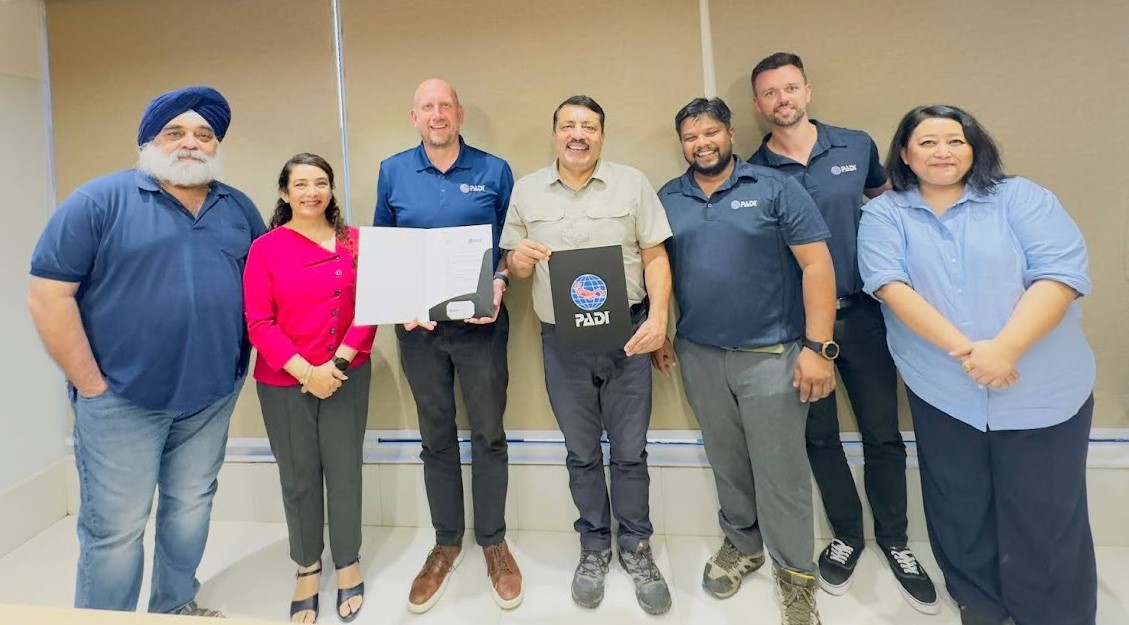After a six year pause, the Kailash Manasarovar Yatra has officially resumed through the Nathula Pass route in Sikkim. This long anticipated revival marks a significant moment for spiritual tourism in India, especially for those who revere Mount Kailash and Lake Manasarovar. The yatra restarted on June twentieth with the ceremonial flag off of the first group of pilgrims from the Indo China border in East Sikkim.

The pilgrimage holds deep religious importance across multiple faiths including Hinduism, Buddhism, Jainism, and Bon. Mount Kailash is regarded as the mythical abode of Lord Shiva and the spiritual epicentre of the universe, while Lake Manasarovar is believed to purify the soul and wash away sins. This journey is not just a physical expedition across the Himalayas but a spiritual calling for thousands each year.
This year, the Ministry of External Affairs has selected seven hundred and fifty Indian pilgrims for the yatra. Of them, five hundred will travel through the Nathula route, while the remaining two hundred and fifty will take the Lipulekh route in Uttarakhand. The Nathula path, being more motorable and less physically demanding, has become a preferred option for elderly pilgrims and those seeking a safer experience in high altitude conditions.
The first batch comprises thirty three pilgrims and two liaison officers, representing the Ministry of External Affairs and the Indo Tibetan Border Police. Their journey began with a formal ceremony conducted by Sikkim Governor Om Prakash Mathur, in collaboration with the state government and the central authorities. This event not only marked the return of the yatra but also symbolised the joint effort required to organise such a cross border spiritual mission.
To ensure safety and a smooth passage, comprehensive logistical arrangements have been put in place. The Government of Sikkim, along with paramilitary units, has coordinated efforts to provide medical support, comfortable accommodations, and constant monitoring of the journey. Pilgrims have been advised to spend adequate time acclimatising to the altitude before proceeding deeper into the Himalayan terrain. High altitude sickness and sudden weather changes remain challenges, and adequate medical screening is part of the pre departure requirements.

Beyond the religious significance, the reopening of the Nathula route holds geopolitical and cultural value. It reactivates an important corridor of cross border pilgrimage and Indo China people to people exchange. Despite recent tensions, the resumption of this yatra is being seen as a soft step toward restoring cultural and diplomatic normalcy between the two nations.
The Kailash Manasarovar Yatra has always been viewed as a test of both physical resilience and spiritual determination. With the route now functional again, many more groups are expected to undertake the journey in the coming weeks. For those planning future travel, regular updates and registration information are available on the official Ministry of External Affairs portal.
As spiritual tourism finds its way back onto Himalayan routes, the reopening of the yatra serves as a reminder of the timeless human need to seek connection with something greater, even in the most remote and challenging terrains.
Stay connected with more updates on sacred journeys and travel news. Follow Travel Moves on Instagram and Facebook for everything you need to know.








